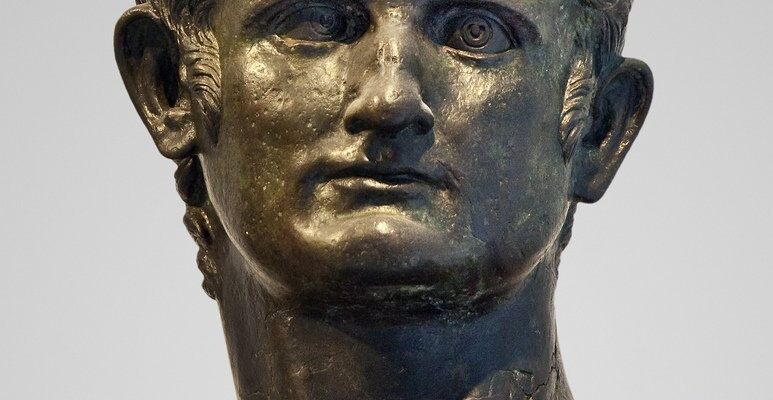Archaeological Museum of Naples (Museo Archeologico Nazionale di Napoli)
The Archaeological Museum of Naples is one of the most famous archaeological museums in the world, housing one of the most important collections of ancient Greek and Roman art. The museum occupies a 1612 building complex on Piazza Museo, originally erected for the university (Cavour metro station). The core of the collection, which includes objects from the 8th century BC to the 5th century, is made up of the Bourbon and Farnese collections, and is supplemented by finds from Pompeii, Herculaneum and Cumae.
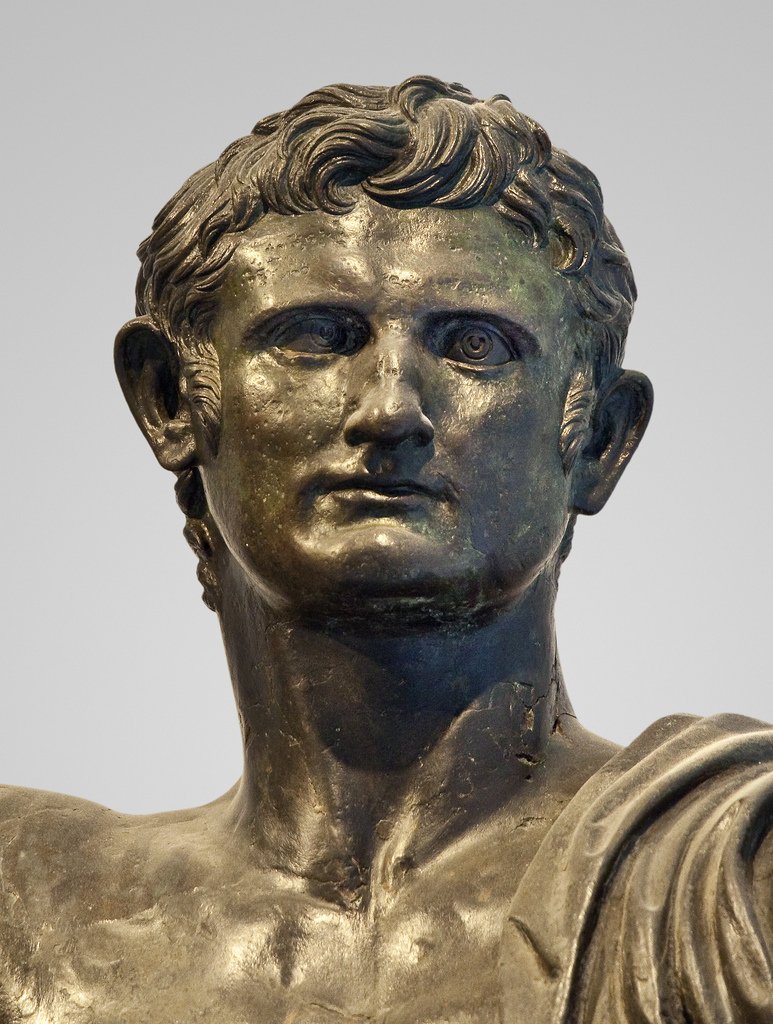
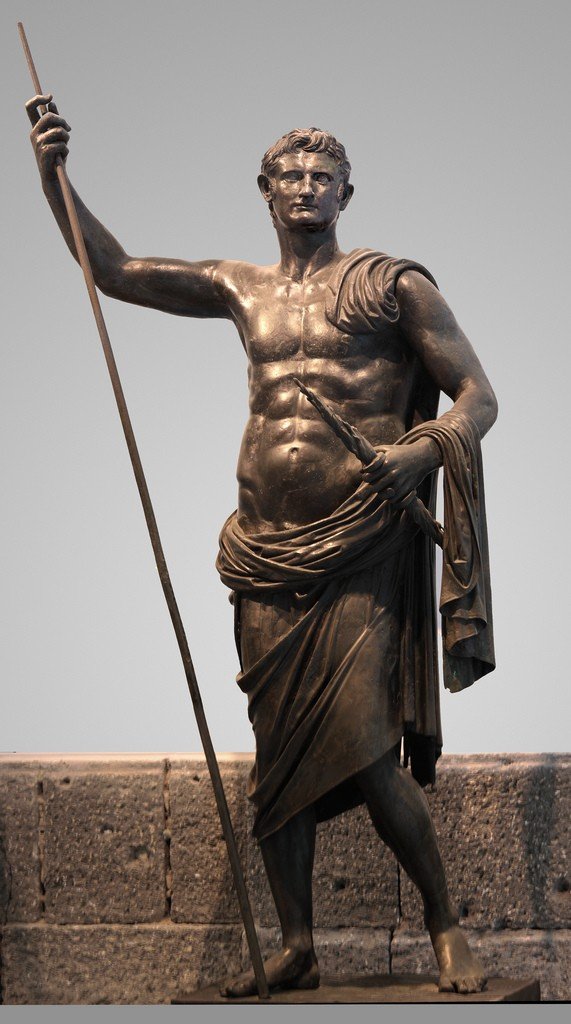
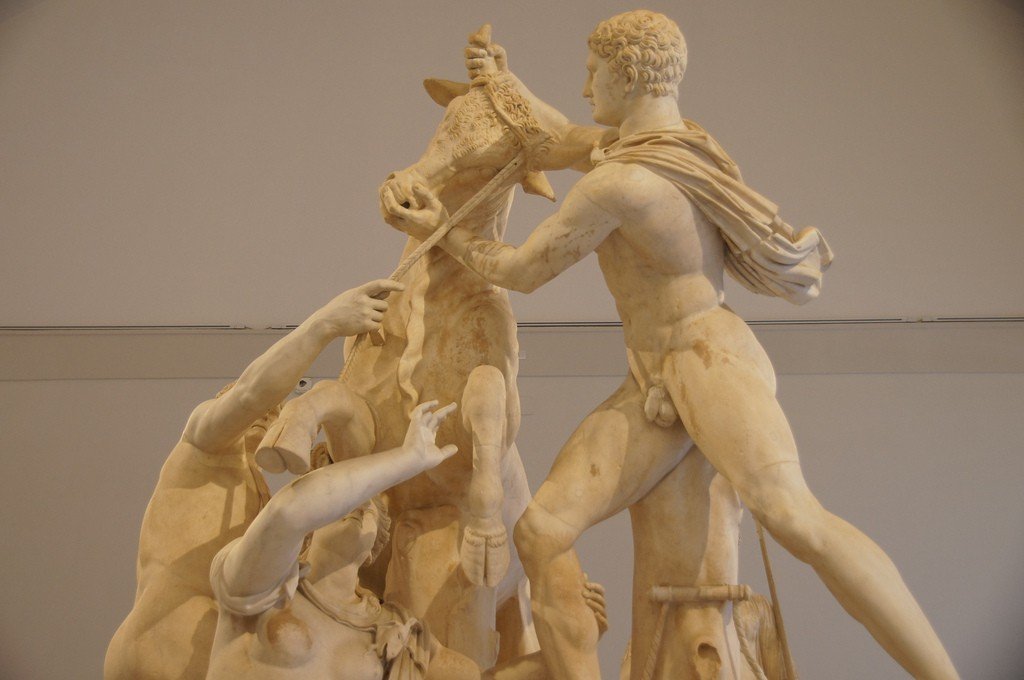
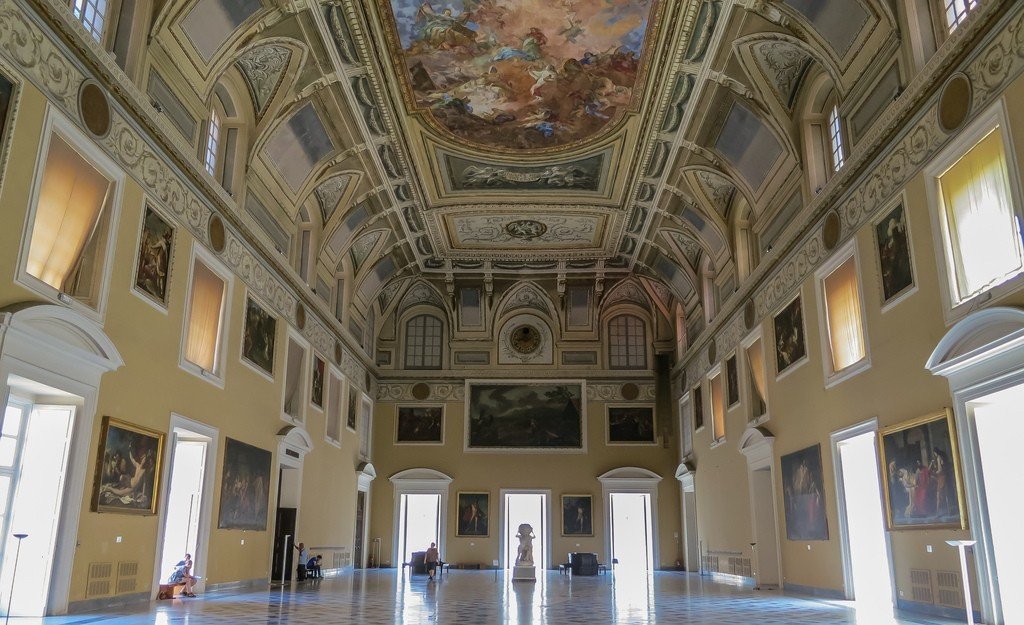
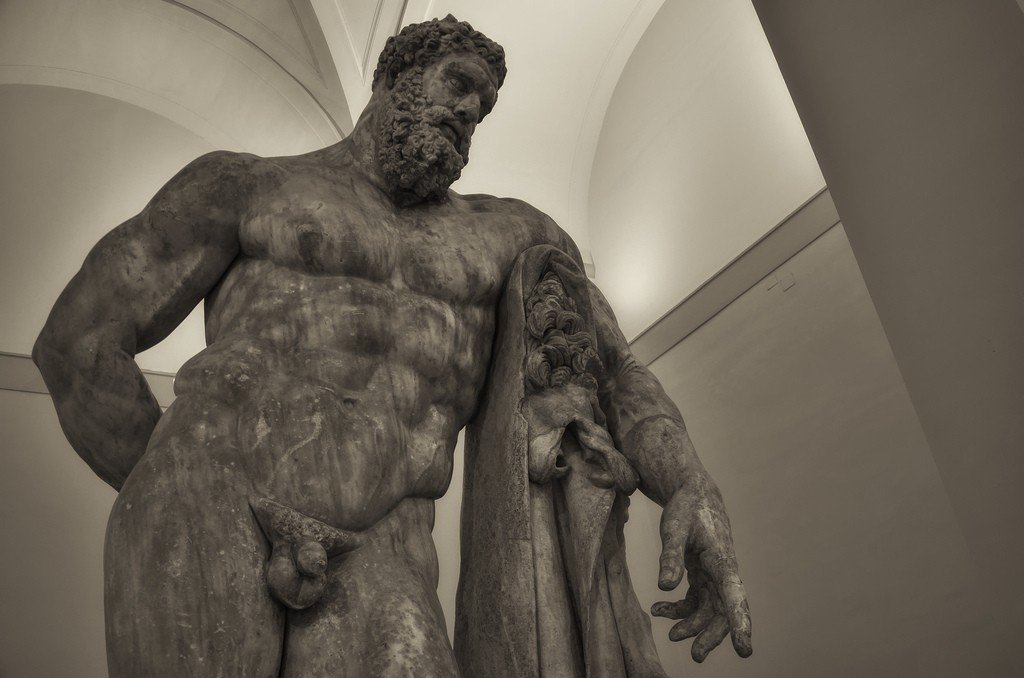
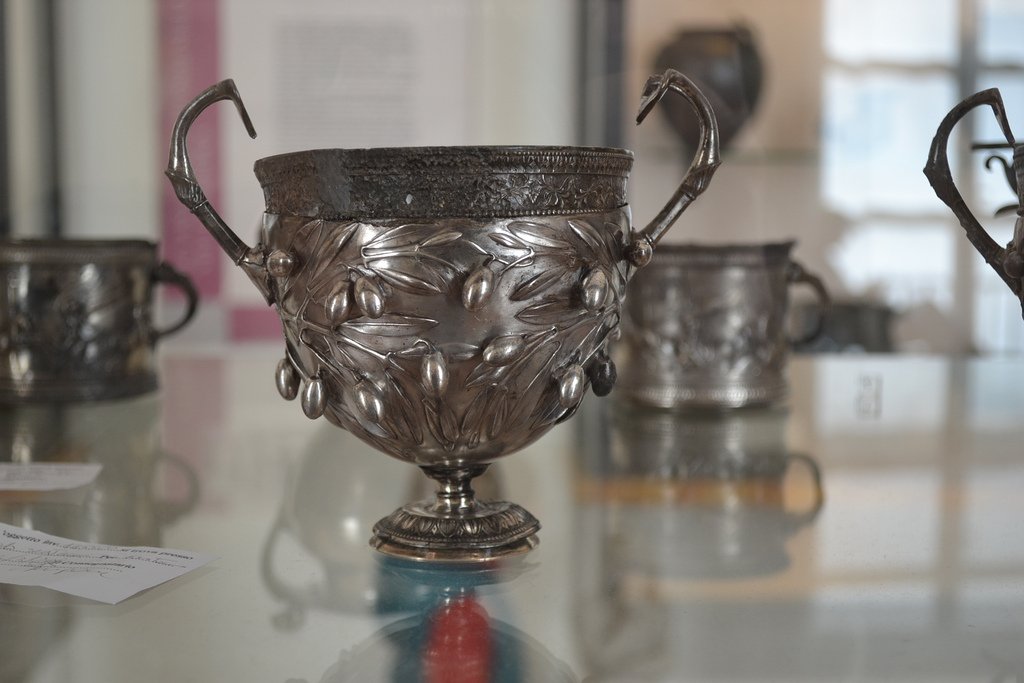
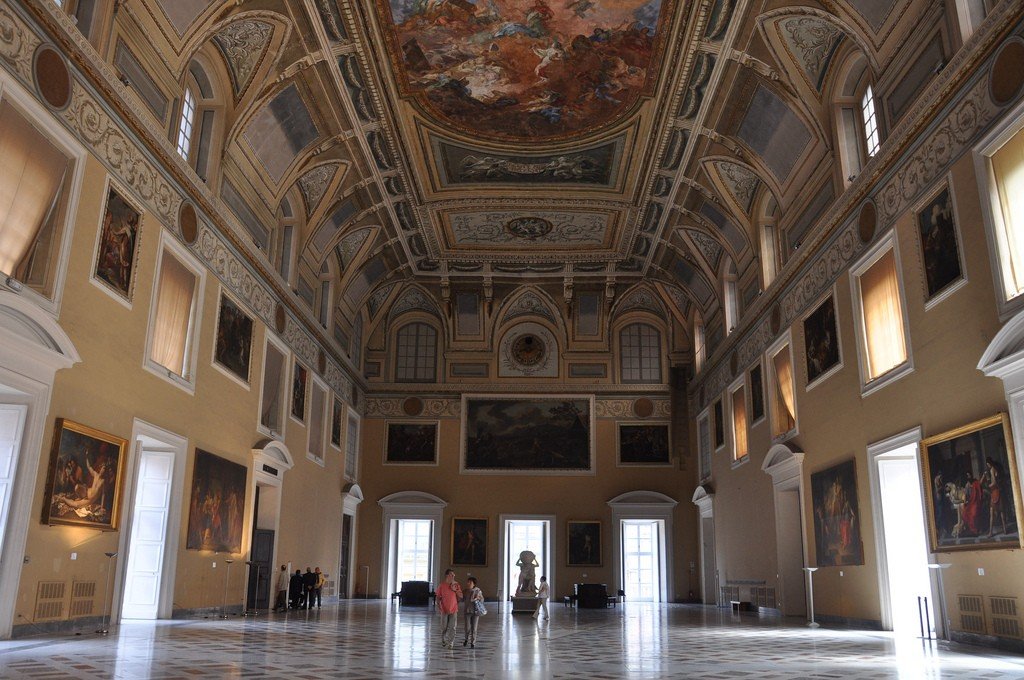
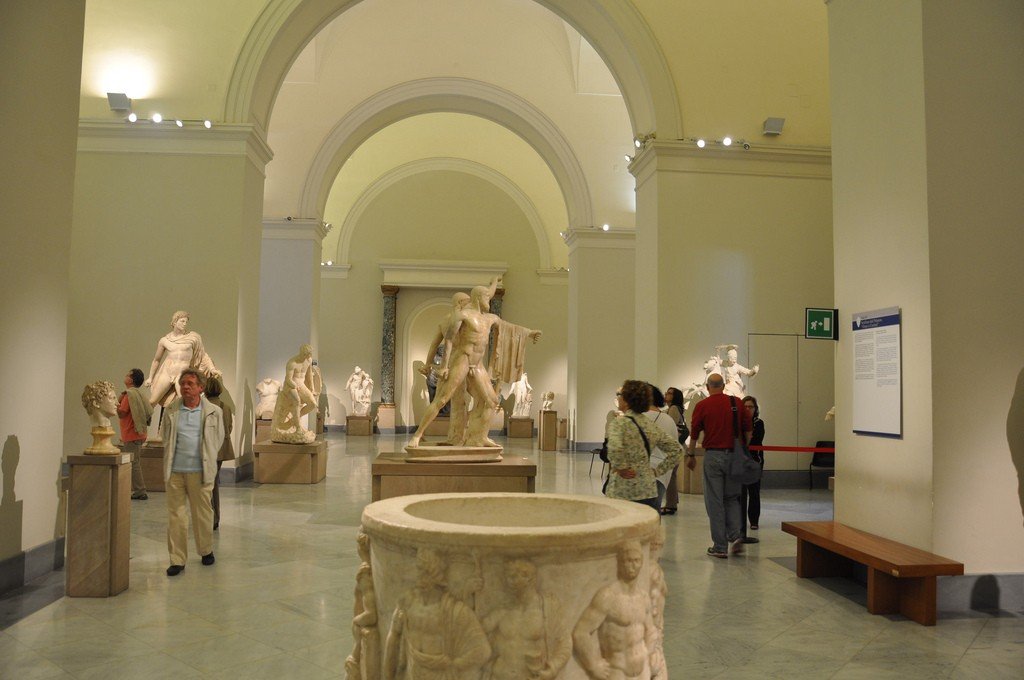
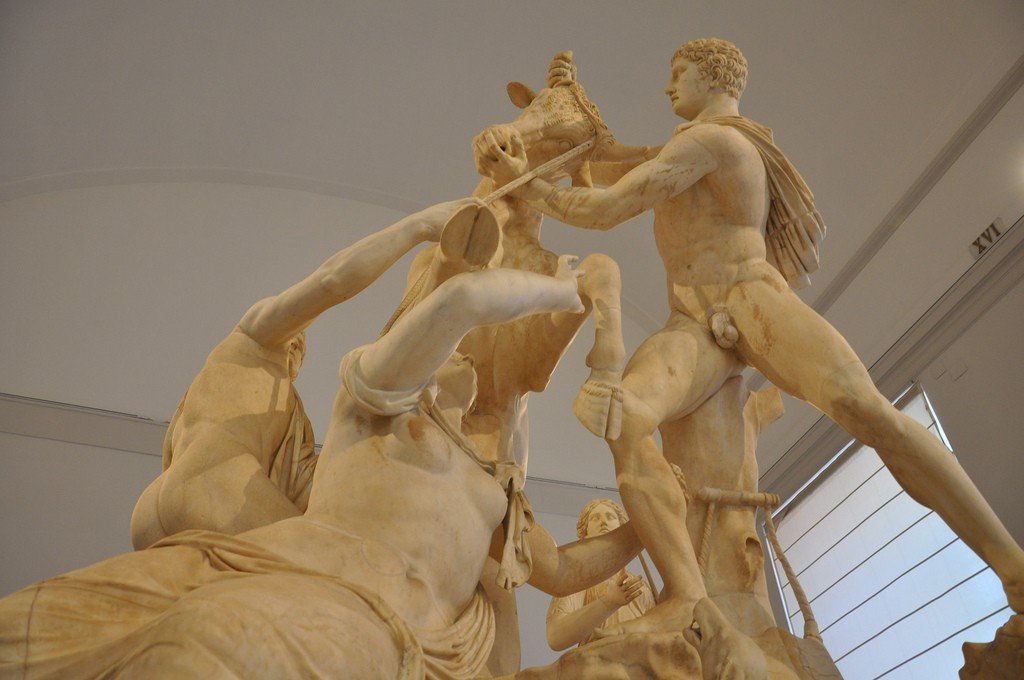
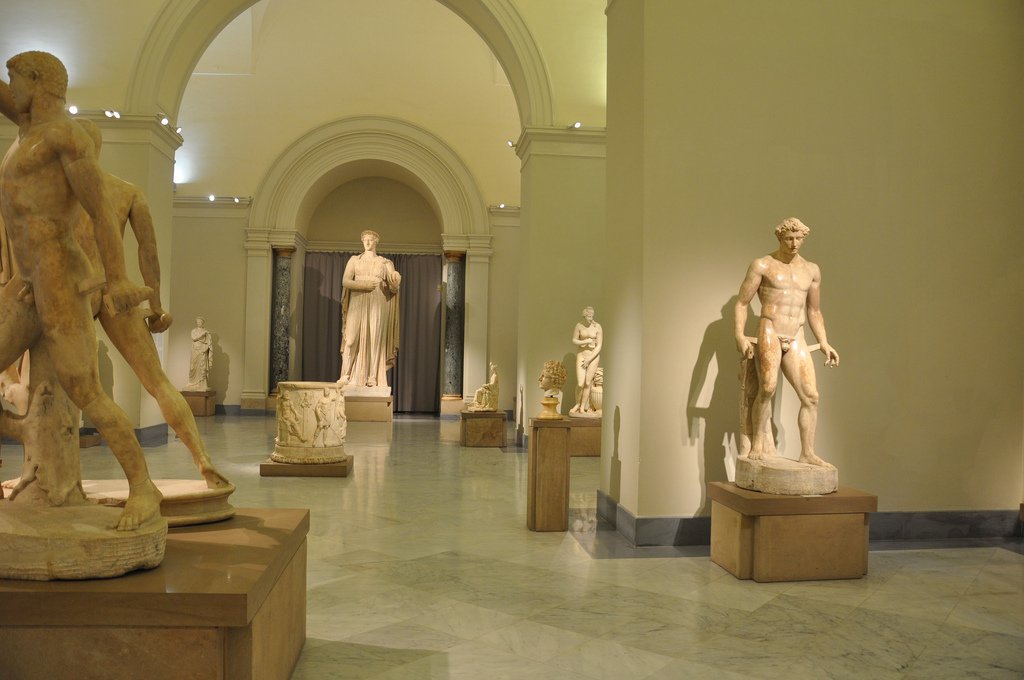
General information
Opening hours:Daily, Wed/Wed, 9.00-20.00
.On the first floor, art objects from the Farnese collection are exhibited. These are Roman busts and, most importantly, marble sculptures, among which Roman copies of Greek originals predominate. The group of Harmodius and Aristogiton, who assassinated the Athenian tyrant Hipparchus, deserves special attention. Its “original,” created by Krygios and Nesiotus in 477 B.C., was also a copy of an even older bronze statue from Athens. The pearls of this exposition include the statue of Achilles (430 BC), the relief “Orpheus and Eurydice” (5th century BC), a huge statue of Hercules (Hercules) with a height of 3.17 meters, as well as the group “Farnese bull” of marble – the largest of the extant ancient sculptures, by the way, it is also a copy.
.
On the half-floor (mezzato) there is a collection of ancient mosaics, mostly from Pompeii, including the 1.5 million-cube mosaic “Alexander’s Battle with Darius” from the House of Faunus in Pompeii – believed to be a copy of a Greek painting made in the 2nd century B.C. The mosaic depicts the battle between Alexander the Great and his horsemen and the Persian king Darius at Issus (333 B.C.). There is also a collection of erotic works from Pompeii. To view it, you must make your intention known when purchasing your ticket. These art objects, declared “disgusting obscenities” by the Vatican, are regarded as artistic masterpieces by archaeologists and art historians. On the upper floor is a collection of bronze sculptures, mostly from Herculaneum (recognizable by their dark patina), with smaller quantities from Pompeii (green patina from oxidation). Of particular interest are “Apollo Playing the Lyre”, an original from the Peloponnese (5th century BC), found in the Casa del Citarista, “Dancing Faunus” from the house of the same name in Pompeii, as well as the so-called “Narcissus” – most likely a young Dionysus – a masterpiece of the Hellenistic era. There are also frescoes, figures, household items, vessels and furniture made of bronze. In the basement, there is an Egyptian collection.
